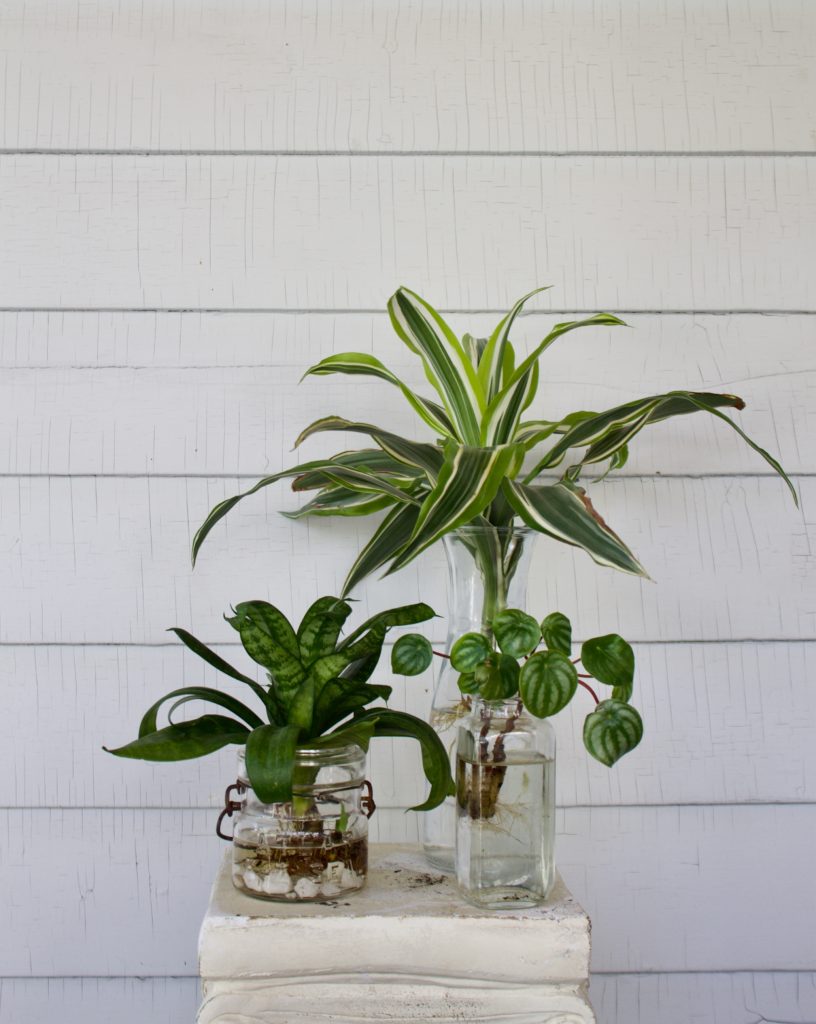Have you ever marveled at how some gardeners effortlessly create new plants without relying on synthetic aids? Cutting propagation without hormones is an artful, natural method that allows you to expand your garden using just a few basic techniques. It's not only sustainable but also immensely satisfying. Whether you're a novice gardener or a seasoned plant enthusiast, knowing how to propagate plants without hormones can open up a world of possibilities. Dive into this guide to discover 17 creative strategies that will make your garden flourish naturally!
1. Selecting the Perfect Cutting

Choosing the right cutting is crucial for successful propagation without hormones. Look for healthy, non-flowering stems with at least three nodes. This ensures your cutting has enough energy to grow roots. The ideal time to take cuttings is early morning when the plant is well-hydrated. Remember, a fresh, green cutting is more likely to root than an older, woody one. Start with plants known for easy propagation, like pothos or mint, to boost your confidence.
2. Water Propagation Basics
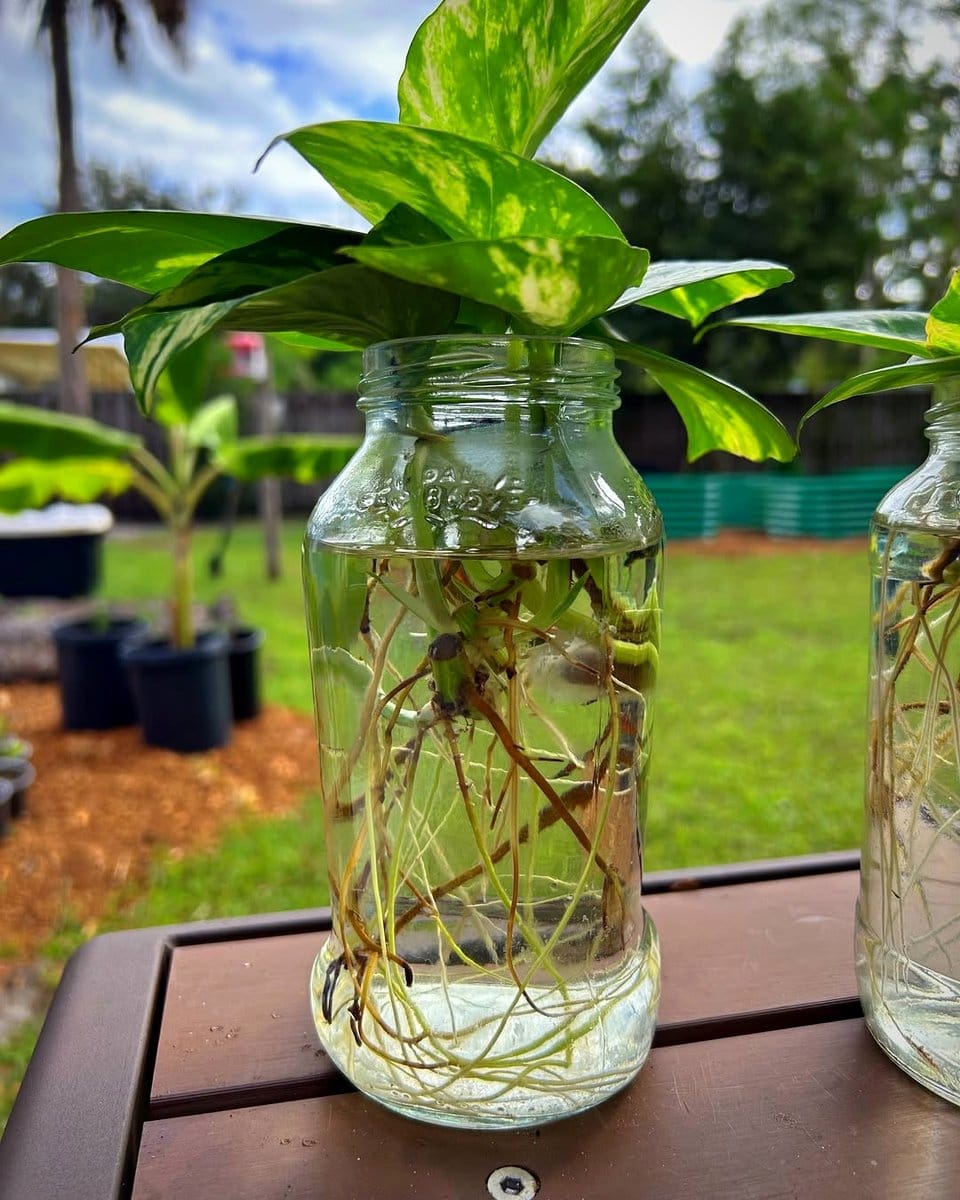
Water propagation is a straightforward and effective way to root cuttings. Fill a clear glass jar with fresh water and place the cutting inside, ensuring that the nodes are submerged. Change the water every week to prevent bacterial growth. This method allows you to watch the rooting process unfold, making it perfect for beginners. Within weeks, you'll see tiny roots sprouting, ready to be transferred to soil.
3. Soil Propagation Techniques
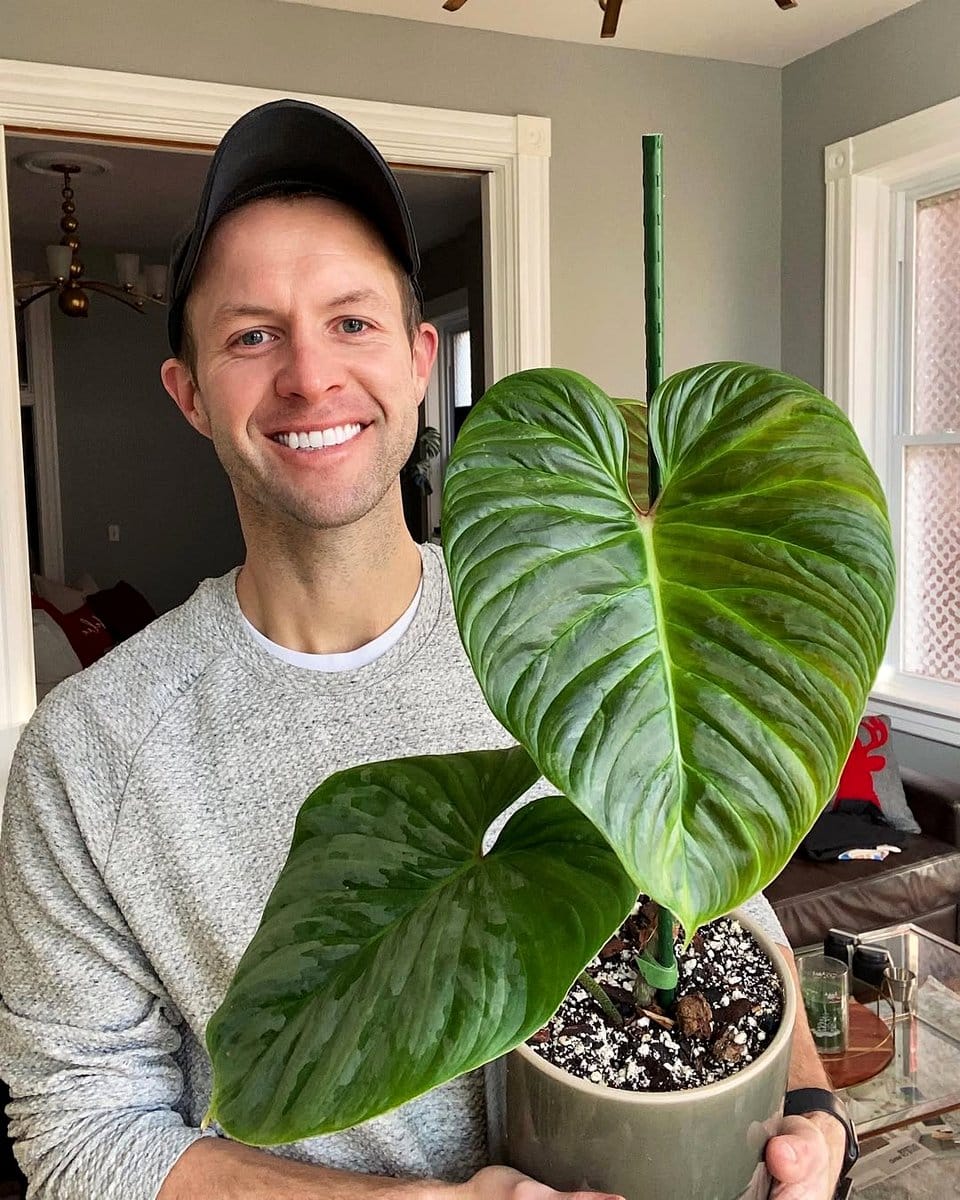
For soil propagation, select a well-draining potting mix to prevent root rot. Insert the cutting into the soil up to the first node. Gently firm the soil around the cutting, ensuring it stands upright. Keep the soil consistently moist but not waterlogged. Place the pot in a warm, bright area, and in a few weeks, you'll notice new growth—a sign that the roots have taken hold.
4. Importance of Humidity

Maintaining high humidity is vital for cuttings as they lack roots to absorb water. Create a mini greenhouse by covering the pot with a clear plastic bag. This retains moisture and warmth, speeding up root development. Ensure the plastic doesn't touch the cutting by using stakes to hold it up. Open the bag occasionally to prevent mold and to allow fresh air circulation.
5. Rooting in Sand

Sand is an excellent medium for rooting cuttings without hormones. It provides stability and excellent drainage, minimizing the risk of rot. Fill a container with coarse sand, and plant the cutting just like you would in soil. Keep the sand moist and place the container in indirect sunlight. Sand propagation works well for succulents and cacti, which prefer drier conditions.
6. Using Perlite as a Medium

Perlite is a lightweight, volcanic material often used in propagation. It holds moisture while allowing excellent aeration, crucial for root development. Fill a tray with perlite and water thoroughly. Insert the cuttings, ensuring each node is in contact with the perlite. Mist regularly to keep them hydrated. Perlite is especially effective for tropical plants that thrive in humid environments.
7. Coconut Coir for Propagation

Coconut coir is a sustainable alternative to peat moss, offering excellent water retention and aeration. Soak the coir in water until it expands, then fill a pot with the damp coir. Insert the cuttings and keep them in a warm, bright spot. Coconut coir is pH neutral and resists compaction, making it ideal for a variety of plants, from herbs to houseplants.
8. Layering Method Explained
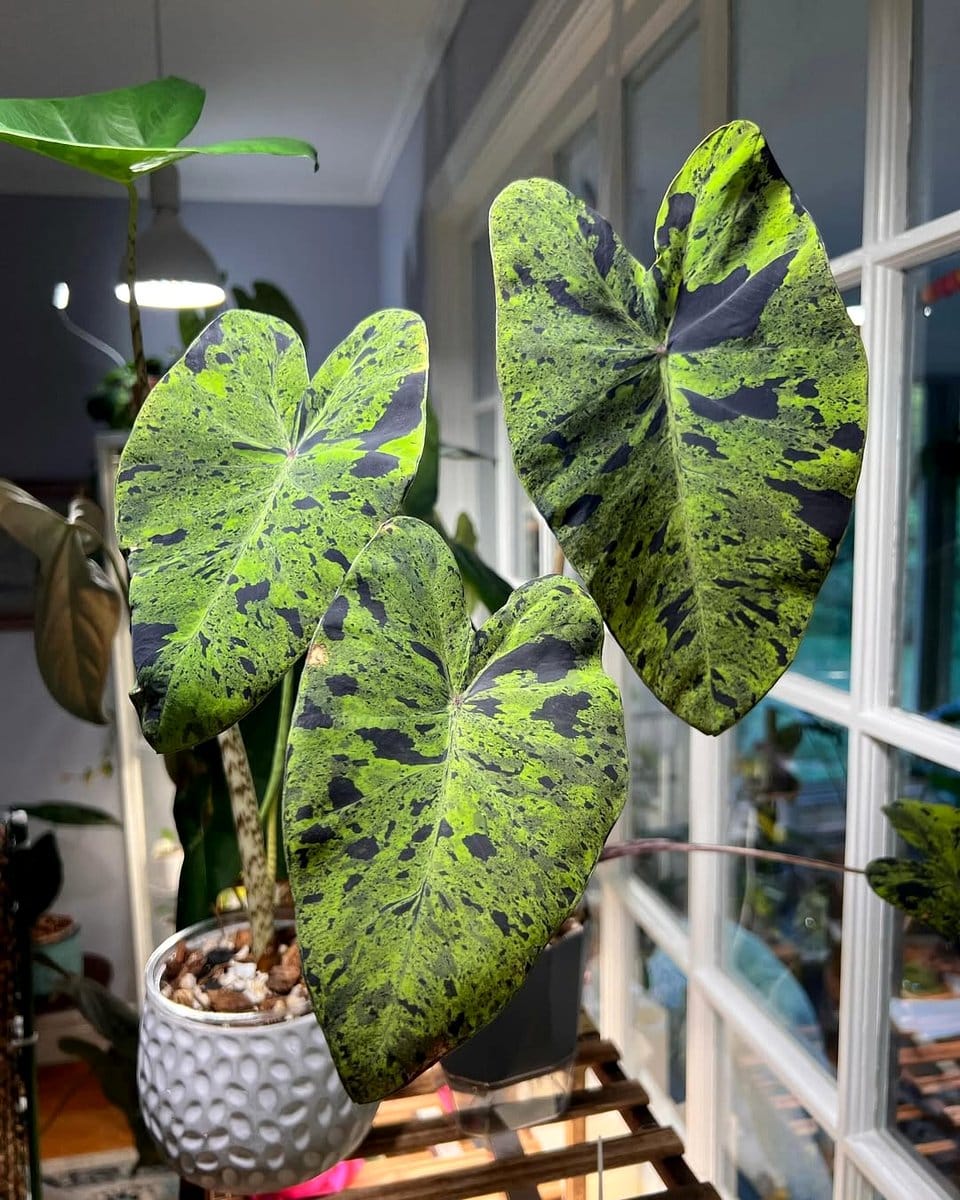
Layering is a natural propagation technique where stems root while still attached to the parent plant. Bend a low-growing stem to the ground, and cover part of it with soil. Secure it with a wire or a rock. Roots will develop at the point where the stem is covered. Once rooted, cut the new plant from the parent and replant it. This method works well with shrubs like rhododendrons and azaleas.
9. Propagation with Leaf Cuttings
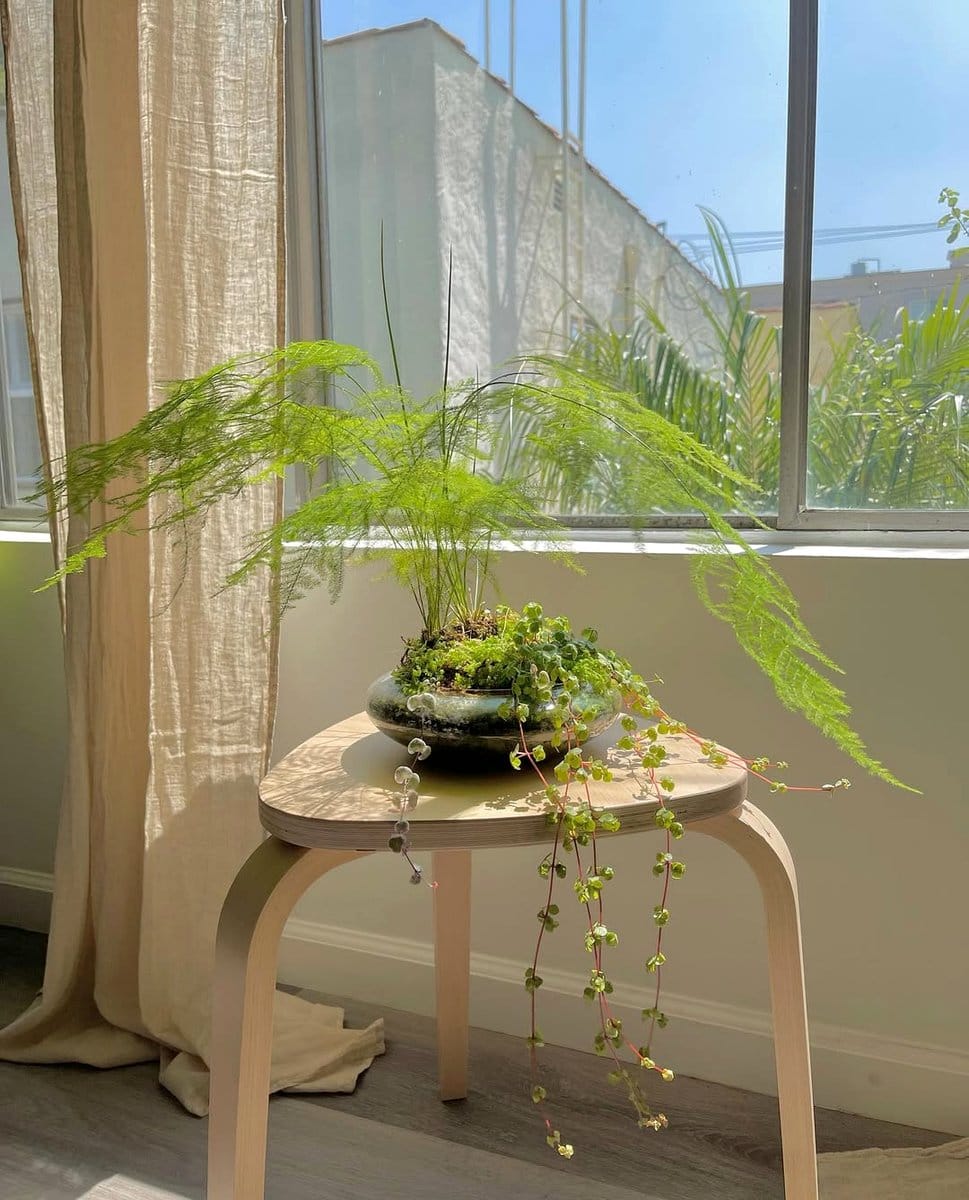
Some plants, like succulents and African violets, can be propagated using leaf cuttings. Gently twist a healthy leaf from the plant and let it dry for a day to form a callus. Place the leaf on top of moist soil, and soon, tiny roots will start to form. This method is simple and doesn't require any special equipment, making it perfect for indoor propagation enthusiasts.
10. Employing the Division Technique
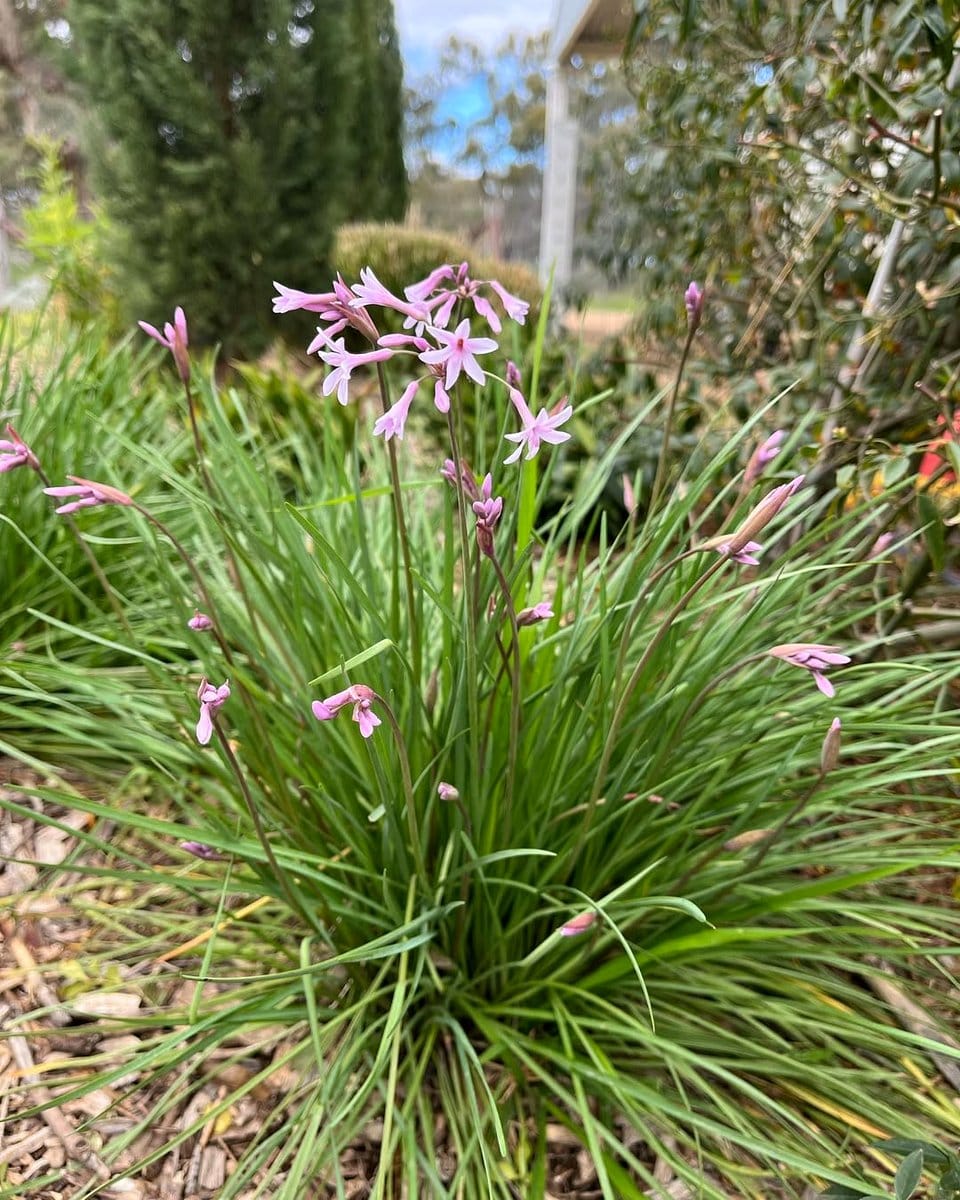
Division is a straightforward way to propagate clumping plants like hostas or daylilies. Gently dig up the plant and separate the root ball into smaller sections, ensuring each has roots and shoots. Replant the divisions immediately, water thoroughly, and watch them thrive. This method refreshes the parent plant and provides you with multiple new plants.
11. Propagating with Sphagnum Moss
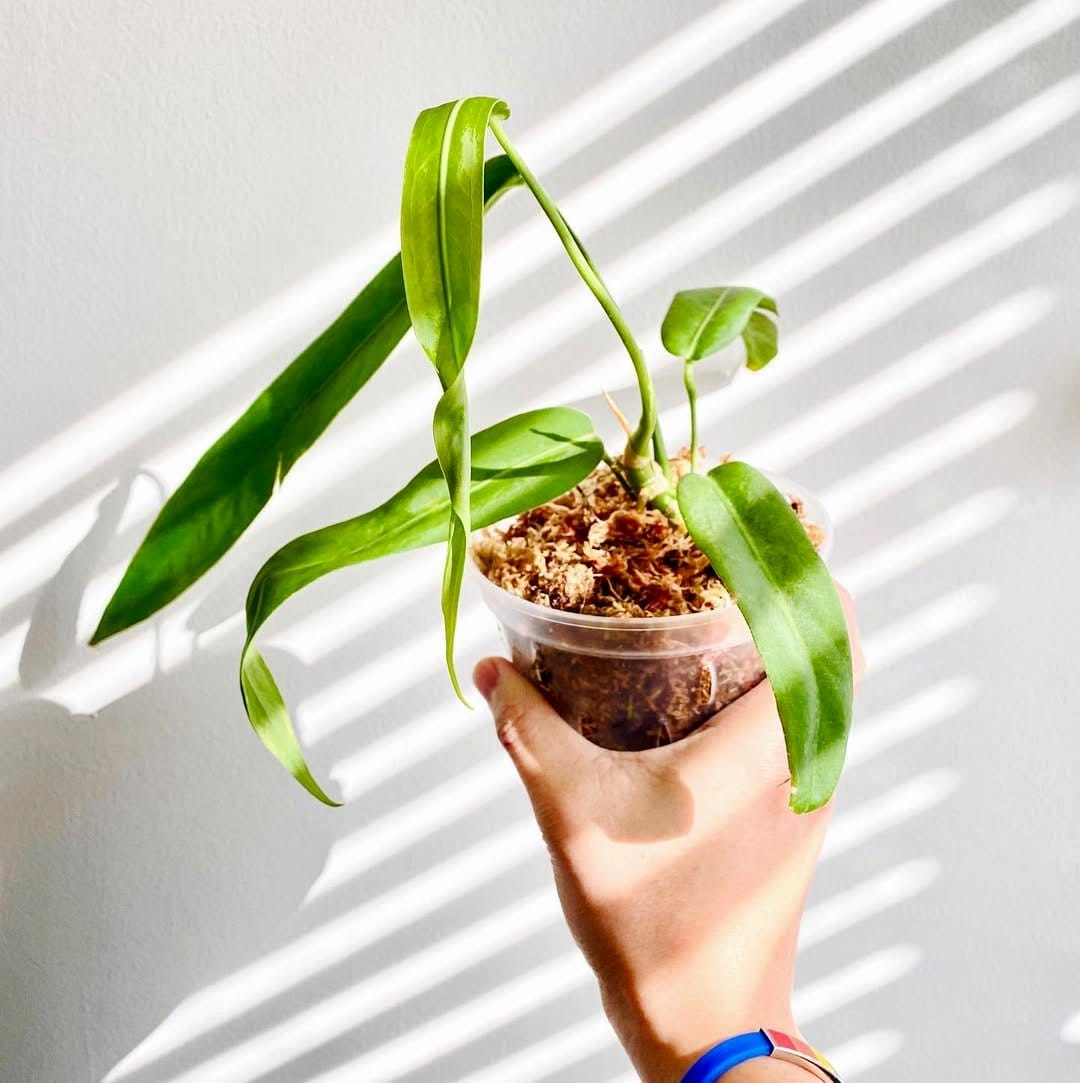
Sphagnum moss is a reliable medium for rooting cuttings, especially for air-layering. Wrap moist sphagnum moss around a wounded section of the plant stem, and cover it with plastic wrap to retain moisture. Roots will form within weeks. Once established, the cutting can be severed and potted. This technique is excellent for large, woody plants like ficus or rubber trees.
12. Air Layering for Woody Plants
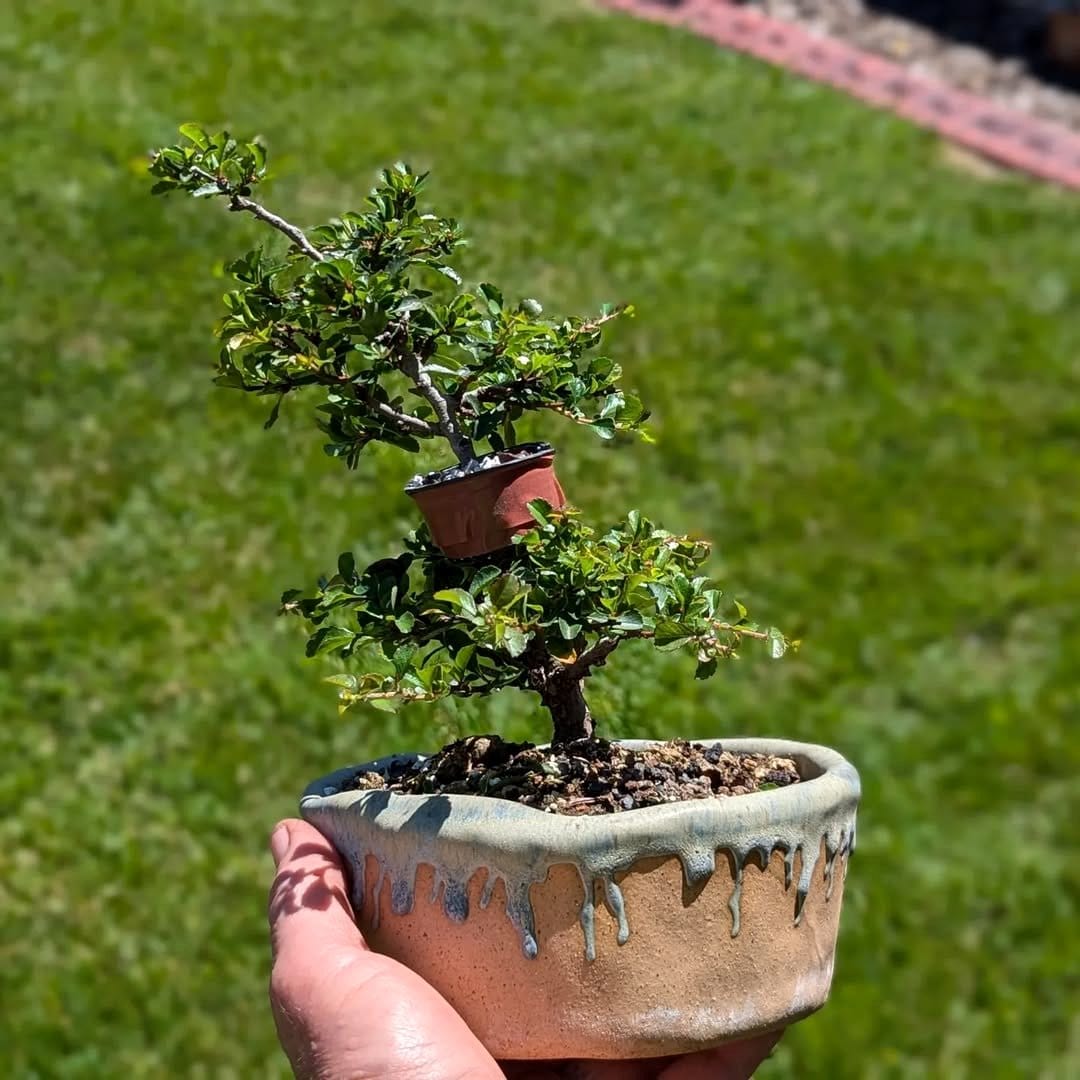
Air layering is ideal for propagating large, woody plants. Select a healthy branch and remove a strip of bark. Pack moist sphagnum moss around the exposed area and cover with plastic wrap to retain moisture. Once roots develop, cut below the root ball and plant the new tree. This method is perfect for magnolias, camellias, and other difficult-to-root plants.
13. Utilizing the Trench Layering Method

Trench layering involves burying stems horizontally in shallow trenches to encourage rooting. This technique works well for vines like grapes or wisteria. Bury the stem in a trench, leaving the tip exposed. Roots will form at the nodes underground. Once rooted, sever the new plants from the parent vine. It's an efficient way to produce multiple plants from a single stem.
14. Propagation in a Terrarium

Creating a terrarium for propagation is a fun and decorative way to root cuttings. Fill a glass container with layers of sand, charcoal, and potting soil. Insert the cuttings and cover the container to maintain humidity. Place it in indirect light and watch your mini garden flourish. Terrariums are ideal for small, delicate cuttings that require constant moisture and warmth.
15. Using Coffee Grounds

Coffee grounds can be a beneficial addition to your propagation efforts. Mix used coffee grounds into the soil to improve drainage and add nutrients. They are slightly acidic, which can be advantageous for acid-loving plants like blueberries. However, use them sparingly to avoid altering the soil pH too much. This eco-friendly method not only recycles waste but also enriches your plants.
16. Rooting with Newspaper Pots

Creating newspaper pots is an eco-friendly way to propagate plants. Roll sheets of newspaper into pots and fill them with soil. Insert the cuttings and water gently. These biodegradable pots can be planted directly into the ground, reducing transplant shock. Newspaper pots are perfect for seedlings and small cuttings, offering a sustainable alternative to plastic pots.
17. Natural Rooting Alternatives

Explore natural rooting alternatives like apple cider vinegar or cinnamon. These household items can boost root development without chemicals. Dip the cutting ends in apple cider vinegar or sprinkle with cinnamon before planting. Both have antifungal properties that protect cuttings. Experiment with different natural solutions to find what works best for your plants.
Final Thoughts
Cutting propagation without hormones is a rewarding journey into sustainable gardening. By mastering these techniques, you can grow a lush, diverse garden without synthetic aids. Start small, experiment, and observe what works best for your plants. As you gain confidence, you'll find each new sprout is not just a plant, but a testament to your skill and patience. So grab your gardening gloves and start propagating—your green oasis awaits!
